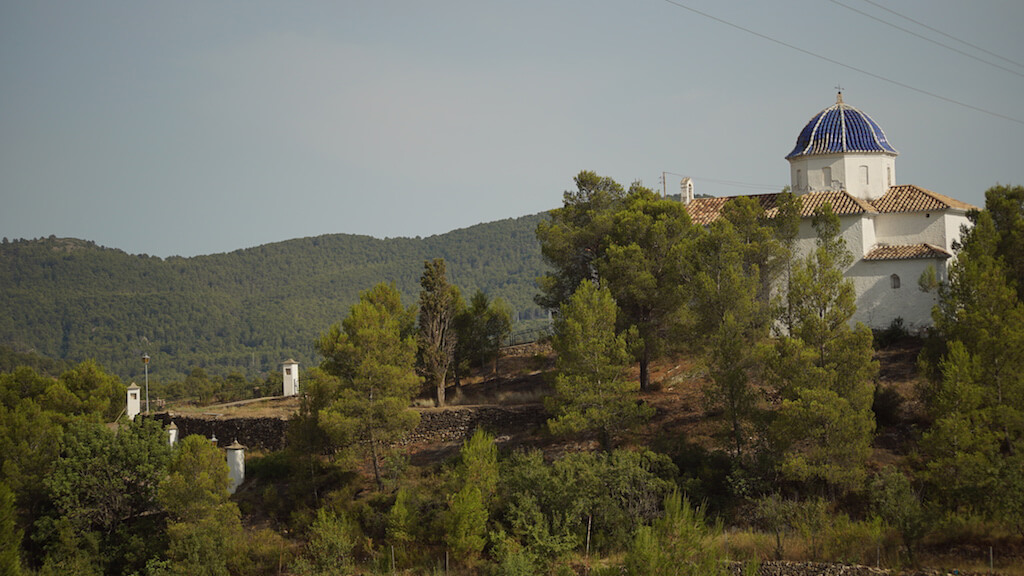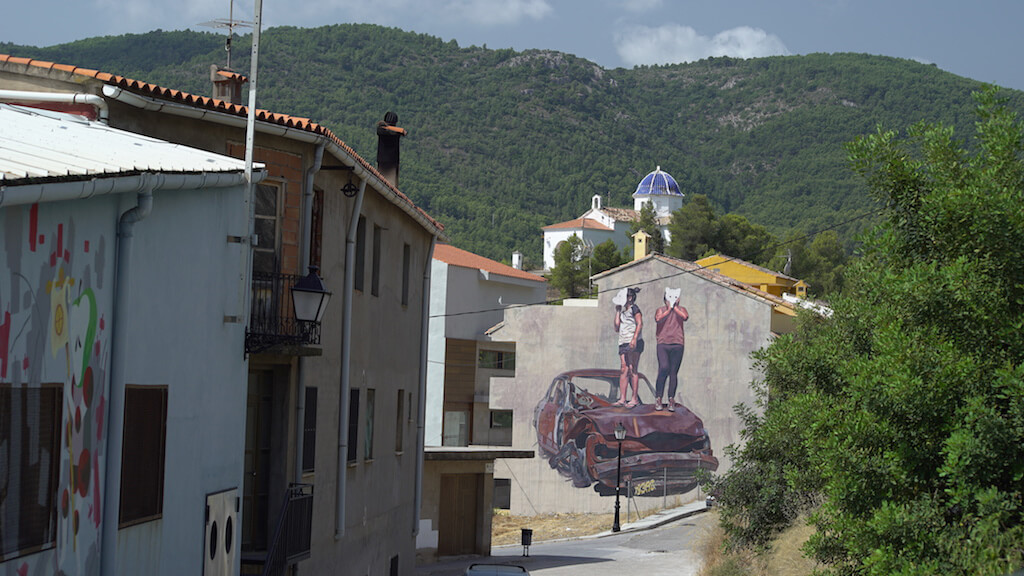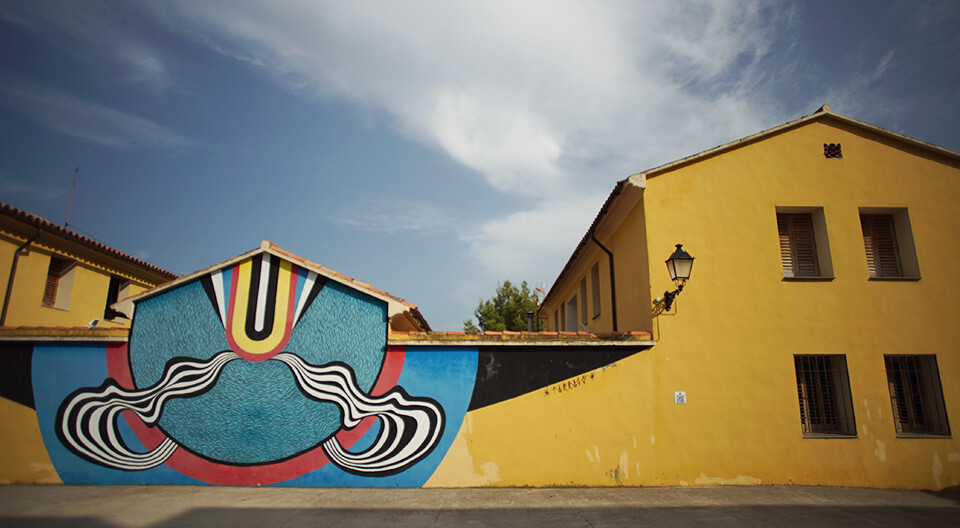Municipality of Castellón located in the Alto Mijares region. Fanzara is located at the bottom of a valley cut by the river Mijares, 32 km from Castellón, occupying an area of 34.50 km2. The term is populated by a dense pine forest with zones of holm oaks and other cultivated of dry land and irrigation. The 220 meters of altitude of the urban nucleus give rise to temperate winters and warm summers.

HISTORY
Although in its term are remains of Iberian and Roman towns that indicate us an early occupation of the territory, the foundation of the population is Muslim and in addition to the current nucleus we find remains of two villages, the Lleuxa and the Alcudia.
In the year 1259, King Jaime I donated the town to his wife Teresa Gil and his son Jaime, he later belonged to the Baronía de Jérica and in the 15th century he was part of the Duchy of Segorbe until the extinction of the Señoríos in the XIX century.
The foundation of the municipality by the Muslims originated a typology of Arab town, with narrow and tortuous streets with corners in which life was made, stepped houses that go to the Tosal, structure that today is still preserved and that invites to wander for it's streets.
MONUMENTS OF INTEREST
We can not fail to visit the Parochial Church under the invocation of Our Lady of the Assumption of the seventeenth century, Herrerian style that presents in its interior a rich sgraffito decoration typical of the Levantine region of the late seventeenth century. On a hill, near the town, is the hermitage of the Holy Sepulcher which we access by a steep path where we find the Via Crucis, from the hill the views are exceptional.
Outside the town, we can see the remains of the castle of Arab origin known by the Castellet, next to the road, you can also visit what little remains of the villages of Lleuja and Alcudia.
In this little review of the points of interest of the municipality, do not forget the MIAU, the Unfinished Museum of Urban Art, since thanks to it Fanzara is world-famous. With more than 70 artistic interventions, all made by artists, many of them internationally renowned, have turned this small town into a great outdoor museum worth visiting. One of the objectives of the Unfinished Museum of Urban Art is to democratize art by bringing it closer to all people, so guided tours and workshops of artistic activities linked to urban art are carried out. Get ready to enjoy amazing walls and spaces.

NATURAL ENCHANTMENTS
The river Mijares, with its exuberant vegetation, is a place rich in flora and fauna where the water runs clean and transparent giving rise to different natural pools that we know in Fanzara as badinas, among them the Bota Mill stands out and others along its channel. In its term abound the sources as those of the Alcudia, the Bailesa and the one of the Canon.
Its limestone terrain gives rise to a large number of important caves and chasms, such as the Turio, Cabezo, La Muela and others in which caving can be practiced. And we can not stop strolling along the Camino de Ribesalbes, the Camino de la Muela or the Fuente del Turio, all of them paved roads in the middle of nature.
HOLIDAYS AND TRADITIONS
San Antón, in January, is celebrated with the procession and blessing of the animals and the distribution of rolls accompanied by the typical bonfires. The first Saturday of April is the pilgrimage to the Hermitage of the Holy Savior of Onda, pilgrimage known by the Devotees, in which the six kilometers are covered with the distribution of the typical roll in the Holy Cave. Coinciding with the second Sunday of October, the patron saint festivities are celebrated in honor of the Holy Sepulcher, the Virgin of Montserrat and San Roque with religious, musical, cultural and bullfighting events.


